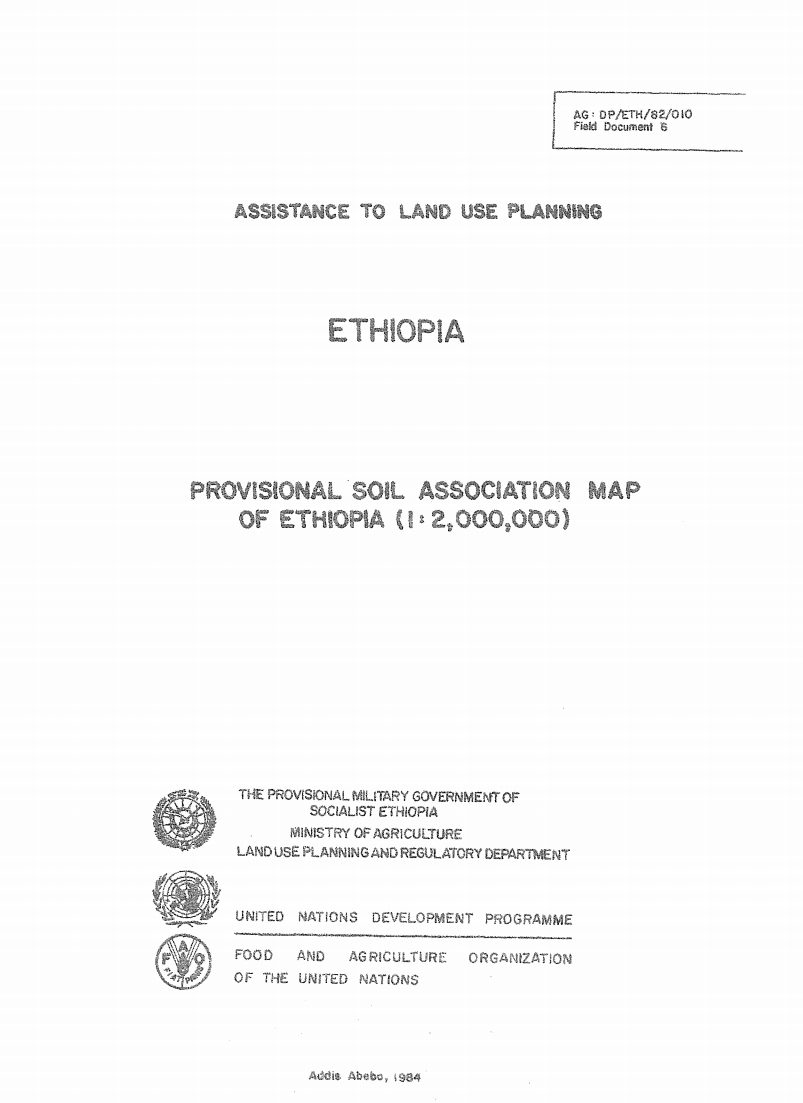FROM PROMISES TO PRIORITIES
Despite the growth in the agricultural sector in Latin America and the Caribbean, 8 out of every 10 farmers, small-scale producers who are at the base of domestic food production, remain largely excluded from the related benefits. Government efforts for strengthening agriculture allocate public resources to few lines of spending that favour a minority. Investment on small-scale agriculture is difficult to track and where possible, it is disproportionately lower than this group´s contribution to the sector.




